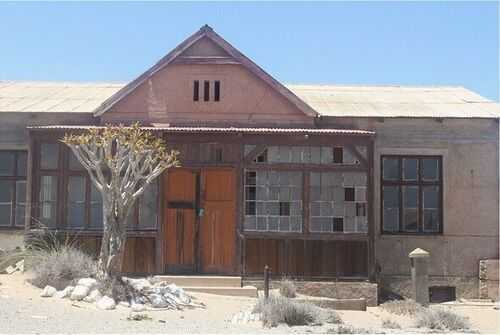
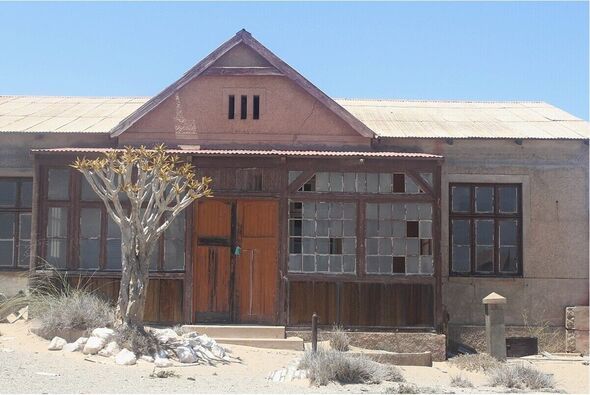
An in was once home to the world's richest diamond mine and is now attracting new visitors- fascinated by its history and decaying ruins.
, a former diamond mining settlement in , is now a buried under sand.
In the early 1900s, it was one of the most valuable places on Earth, with plentiful diamonds that could be picked up straight from the ground.
Between 1912 and 1914, the mine produced over 1,000,000 carats (200kg) of diamonds, making it the most productive of its time.
Mining in dates back to the 1860s when British prospectors Aaron de Pass and Captain John Spence attempted to extract copper, lead, and silver.
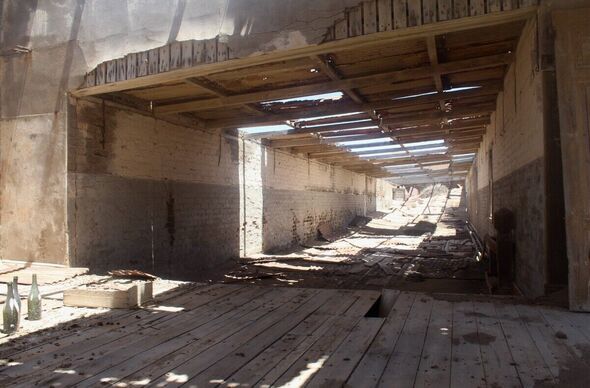
However, they failed to realize they were shovelling away diamonds in their search for other minerals.
The town's real diamond boom came in 1908, after German railway inspector August Stauch discovered a diamond near Grasplatz station, triggering a rush of prospectors to the area.
The German Government quickly declared the land off-limits, creating the Sperrgebiet (forbidden zone) - a 60-mile-wide strip along the coast to protect the mining operations.
Pomona was the only area where new claims could be made, and in 1912, the Pomona Diamond Corporation began full-scale mining, extracting up to 50,000 carats (10kg) of diamonds per month.
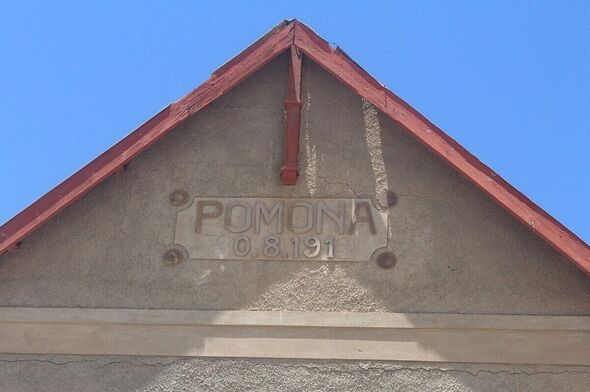
A narrow-gauge railway was built to support the booming industry, stretching around 75 miles from Kolmanskop to Bogenfels via Pomona.
It was powered by a 1.5-megawatt station in Luderitz, making it one of the most advanced mining networks of its time.
However, brought it all to an abrupt halt. In 1915, troops took control of German South West Africa, and the was destroyed.
After the war, De Beers, a South African-British corporation specialising in the diamond industry, took over the Sperrgebiet mines, maintaining strict control over the land until the 1990s, when the Namibian government acquired a 50% stake in the industry, forming the Namdeb Diamond Corporation.
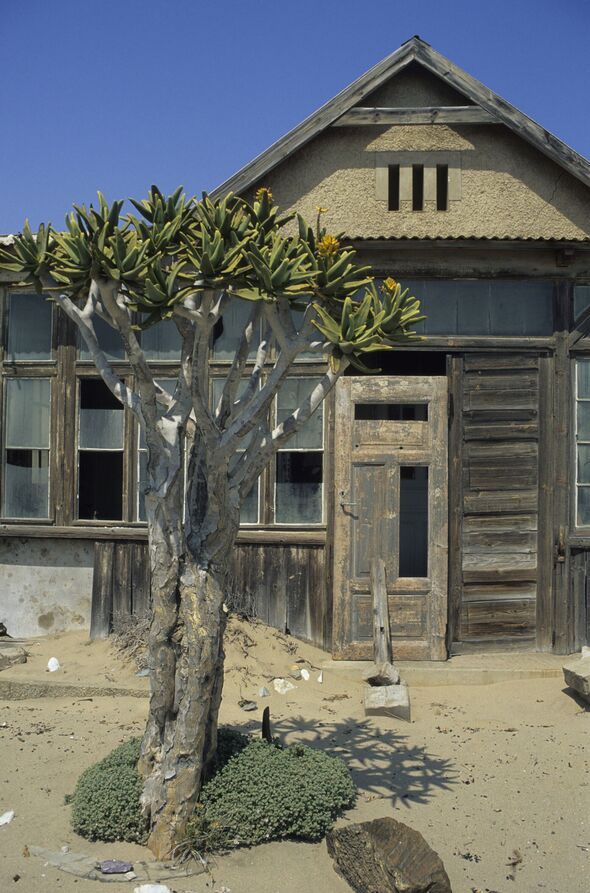
Today, Pomona is abandoned, its buildings slowly disappearing under shifting desert sands.
The area remains restricted, but some sections are accessible through guided tours, making it a hotspot for .
Visitors can wander through sand-filled houses, see rusted mining equipment, and imagine life in what was once one of the wealthiest towns in the world.